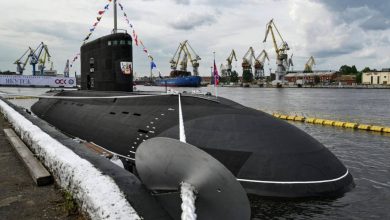Solar sails could guide interplanetary travel, says new study

Space travel has brought us to our next-door neighbor, the moon, and to the depths of our larger solar community inhabited by giants such as Saturn and Jupiter.
In 1982, Voyager 2 whisked past Uranus closer than any other spacecraft has since, and now is sailing—46 years after its launch—through interstellar space, some 133 AU (approximately 19.9 billion km) from Earth.
But there have been few comparable satellite missions in recent years. Cost is the main obstacle, but time frame is also a factor. The design for such long journeys takes years to calculate, and planning and construction of a space vehicle would take about a decade. Factoring in the time a satellite would require to reach distant targets means our next peek into the stars will likely not come any time soon.
A team of scientists led by Slava Turyshev of the Jet Propulsion Laboratory at the California Institute of Technology, which launched the Voyager satellites back in 1977, is anxious to get space exploration back on track. The team proposes a novel means of travel that could get us to the stars faster and cheaper.
In a paper released on the arXiv preprint server, Turyshev and more than two dozen fellow researchers from the United States and Europe proposed merging miniature satellite units with a solar energy process that would create a fast, inexpensive, lightweight mode of travel.
Solar sailing is a process by which the pressure generated by the sun’s radiation is harnessed for propulsion. Recent innovations in this technology were demonstrated in a successful crowdfunded 2019 mission undertaken by the Planetary Society’s LightSail-2 project.
The researchers explain, “Solar sails obtain thrust by using highly reflective, lightweight materials that reflect sunlight to propel a spacecraft while in space. The continuous photon pressure from the sun provides thrust, eliminating the need for heavy, expendable propellants employed by conventional on-board chemical and electric propulsion systems, which limit mission lifetime and observation locations.”
They say that sails are far less expensive than heavy equipment currently used for propulsion, and that the ever-present continuous solar photon pressure from the sun makes thrust available for a broad range of vehicular maneuvers, such as hovering or rapid orbital plane changes.
Solar sails and miniaturization “have advanced in the past decade to the point where they may enable inspiring and affordable missions to reach farther and faster, deep into the outer regions of our solar system,” the report says.
The researchers refer to the merging of these two technologies as the Sundiver Concept.
“Fast, cost-effective and maneuverable sailcraft that may travel outside the ecliptic plane open new opportunities for affordable solar system exploration,” the report states, “with great promise for heliophysics, planetary science, and astrophysics.”
With enhanced maneuverability, the spacecraft can easily deliver small payloads to multiple destinations if required, and can dock with related modular craft. The reliance on the sun and the miniaturization of the carrier, which requires no dedicated launch site, will prove to be significant cost savers, the researchers add: “A substantial reason for the high costs is our [current] reliance on slow and expensive chemical propulsion, operating at the limits of its capabilities, effectively rendering the current solar system exploration paradigm unsustainable. A new approach is needed.”
The Universe Today web site observed this week that with the project gaining support from NASA, in a few years we may “begin to see a fleet of ultra-fast solar sailing probes zipping throughout the solar system. That would be quite a sight.”





